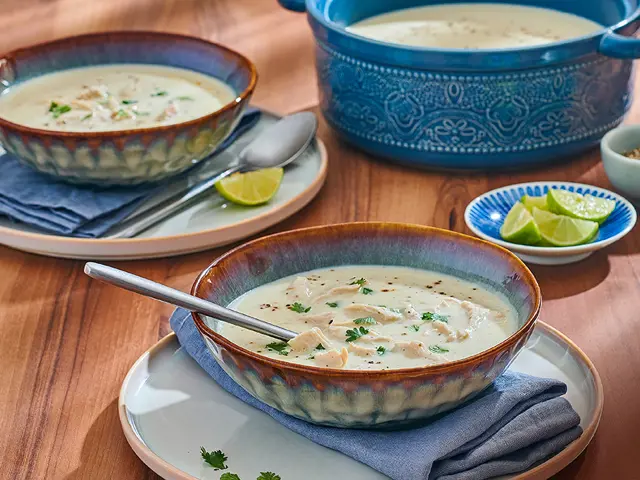


There are three tricks to keep this from happening. First make sure that your tortillas are at room temperature, if they’re too cold they are more likely to crack when folded. Secondly, make sure that you sprinkle a generous layer of cheese on the entire tortilla before adding your other ingredients, and check that the cheese is fully melted before folding your quesadilla in half. Thirdly, and this is optional, you can moisten the edges of the tortilla with a bit of water and press the edges closed to seal in the filling.
The best temperature is a medium heat that will allow the cheese to fully melt, without burning the bottom of the tortilla. You’re looking for that ooey-gooey, stringy cheese consistency and a slightly crispy tortilla that is starting to develop a few golden-brown spots.
While the melted cheese should be more than enough to keep your quesadilla together, some prefer tightly sealed edges that prevent even the smallest amount of filling from escaping. To achieve this, simply dampen the edges of the tortilla with a bit of water before folding it. Remove from the pan and firmly press the edges together to create a tightly sealed quesadilla.
Keep an eye on your cheese, other ingredients, and the bottom of the tortilla. The perfect time for the big flip is when the cheese is fully melted, your other ingredients are heated throughout, and the tortilla starts to develop golden-brown spots on the bottom.
This is completely up to you. Cooking the quesadilla in oil tends to give the dish a crispier texture, while butter adds a beautifully rich and creamy flavour to the dish. Experiment with both, or even a combination of the two, to find the perfect option for your tastebuds.
Quintessentially Mexican, quesadillas are said to have been invented by the Aztecs who would often fill corn tortillas with squash or pumpkin and bake them in clay ovens as a type of dessert. Over time, the fillings evolved, with many agreeing that the shift from sweet to savoury took place in the early 1520s when the Spanish brought cattle (cows, lambs, and sheep), and subsequently dairy products like cheese, to Mexican shores. Since then, the quesadilla has been adopted by many cultures and variations of the dish can be found across the globe.
Adding a sprinkling of fresh herbs to your quesadillas will instantly brighten your meal and our top three picks for this recipe are oregano, coriander, or flatleaf parsley. A Mexican spice mix is also a quick and easy way to enhance the flavour, so experiment with chili powder, paprika, cumin, dried herbs, and garlic powder until you have found your very own secret ingredient.
Keep it traditional by serving your quesadillas with other Mexican classics. Our top three picks are elote (Mexican street corn), cilantro lime rice, or a fresh, crunchy Mexican coleslaw. And of course, what is a quesadilla without being dipped into a creamy, zesty guacamole and fresh, spicy pico de gallo (a chunky salsa) so be sure to include these two staples on the dinner table as well.
While cooked quesadillas will last up to three days in the refrigerator (individually wrapped in clingfilm and placed in an airtight container), this dish is definitely best enjoyed fresh from the pan. Because the recipe is so quick and easy to make, we’d recommend that you rather store the leftover ingredients separately and pull the dish together from scratch for the best results.

Fall in love with pasta all over again, as you serve your loved ones creamy dishes made richer with Puck—and your special touch. Our inspiring recipes, general guidelines, and detailed articles will set you on the path to culinary creativity. With Puck’s entire range of cooking creams and sauces that meet your high standards, you’ll love putting your personal spin on pasta.